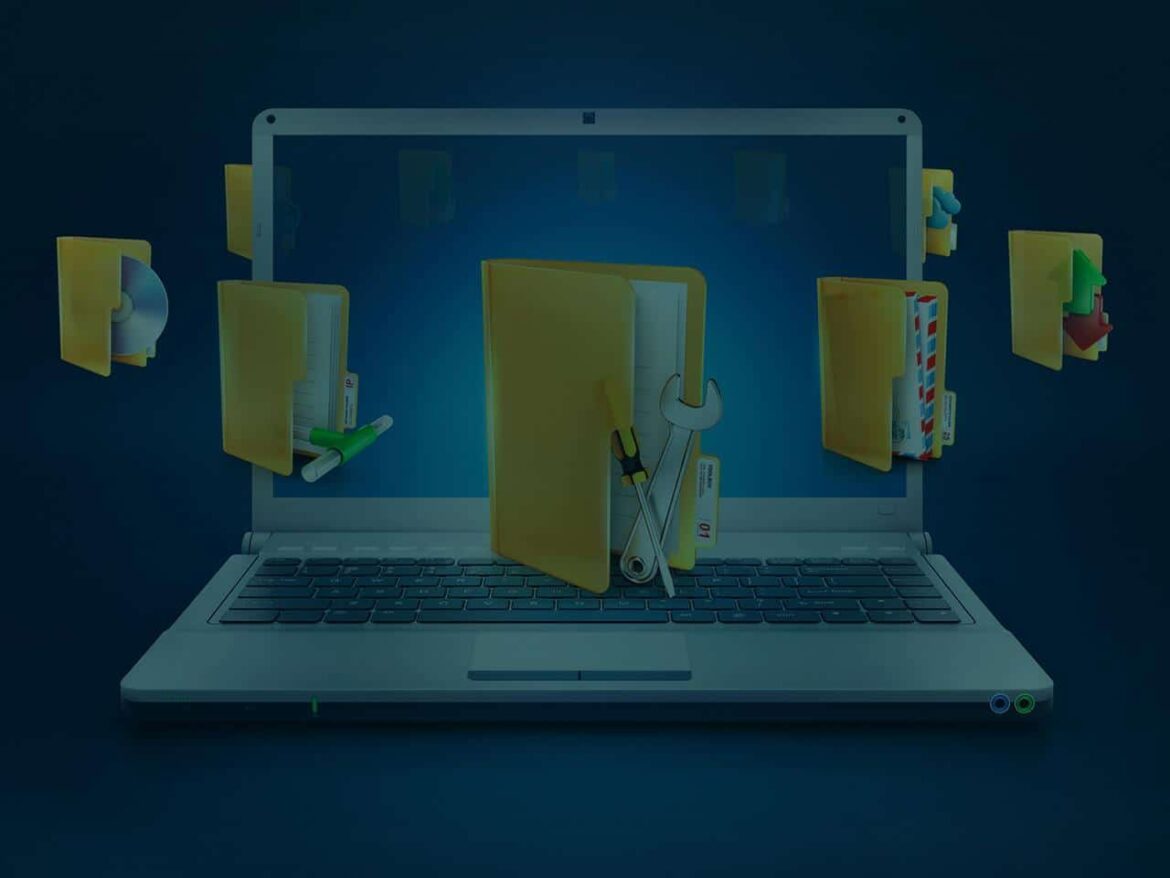749
Temporary files only store data temporarily. They are used to relieve the load on the main memory and to make it available to other programs.
Temporary files: definition and meaning
Temporary files are used for the temporary storage of data in order to relieve the memory and to prepare the transfer of files to other programs.
- Temporary files are created by programs or by the system itself, for example by Windows.
- All temporary files are only needed temporarily. At the latest when the program is closed or the operating system is shut down, these files are no longer needed and are deleted. However, this is not always the case, as some temporary files may remain due to program crashes or errors in the deletion process.
- Temporary files can also have other purposes, such as storing intermediate results during lengthy calculations or providing a buffer for data streams.
- The easiest way to explain temporary files is with a Word document. When you open Word, a temporary file is automatically created. Every letter you write is saved in this file. A file that you can see is only created when you specifically save your document. When you close Word, the temporary file is deleted again.
- You can recognize temporary files by the extension “.tmp”. However, these are usually hidden in the folder “AppData” of the respective user. But not all temporary files are stored in “AppData”. Many programs store temporary files in system-wide temp folders or in specific directories.
- Most temporary files are deleted after the program has ended, but a few of these files always remain on your hard drive. These accumulate over time and take up unnecessary storage space. Therefore, there are numerous programs that specialize in deleting these (superfluous) files.
- Operating systems like Windows also have built-in functions for cleaning up temporary files, e.g. the disk cleanup function.
Why you should delete temporary files
To avoid errors and problems in the system, you should not go looking for unused temporary files yourself, but let programs do the work for you.
- Download and install CCleaner (or an alternative).
- Start the program and select all programs whose temporary files you want to delete under the “Cleaner” option.
- Then click on “Start CCleaner”. Your system will be scanned and the unnecessary files will be deleted.
- Be careful when deleting temporary files so as not to remove any important system or application files from your PC.

